No products in the cart.
The Gudrun Viking Axe (#1757)
The Gudrun Norse Viking Axe
Named for the shieldmaiden, hero, and architect of one of the most bloody and decisive revenge stories in Norse lore, the Gudrun Norse Viking Axe is our newest axe design. From the pages of the Völsunga saga, Gudrun (Guðrún) is a stirring tale of someone pushed too far until the weight of her many burdens causes her to take matters into her own hands and leaves a bloody and fiery swath of destruction behind her as a result. Decorated with a Viking knotwork design depicting the Midgard Serpent, this long-bladed and straight-necked Viking axe is a design both classic and capable. Its hardwood handle provides a stable and comfortable grip, and is long enough to provide the torque needed for powerful blows against Shield, helmet, or enemy. A balance between functionality and work of art, the Gudrun Norse Viking Axe would do any Viking proud – especially shieldmaidens on a path to revenge.
Total Length : 47”
Viking Axe head (width): 9”
Viking Axe head (hight) 12” long
Weight: 4 lbs. 12 oz.
USD275.00 – USD300.00
SKU: N/A Categories: Axes, New Products, Viking Axes
The Gudrun Norse Viking Axe
The Saga of the Volsungs, also known as the Völsunga saga, is one of our most famous surviving epic works of prose in Old Norse. A 13th century work based on a much older myth and Legend, including the epic poetry of the Elder Edda, the Völsunga saga tells the tale of the rise and fall of the Völsung clan. This clan includes the descendants of the great hero Völsung, the progenitor of many great figures from the Norse tales. Most famous among these was Sigurd, also known as Siegfried, who would be remembered for many things – slaying a dragon, wielding the magic sword Gram, and his ill-fated marriage to Gudrun. Gudrun, called Guðrún or Kriemhild depending on the source and renamed Gutrune in Wagner’s Ring Cycle, was a central figure in many Norse works of epic poetry and history. While her story varies from source to source, enough common threads remain to construct a tale of romance and woe.
Sigurd was a sought-after ally by many kings and husband by many women, though chief among these were Brynhild the shieldmaiden and Gudrun, daughter of the sorceress Grimhild. While both women had their eyes set on the man, it seemed that Sigurd was likely to choose Brynhild for his bride – after all, he had encountered her after his quest to slay Fafnir the dragon, and at first thought her to be a great (male) warrior – until he cut off her armor and discovered the beautiful woman within. However, Gudrun’s mother was determined that her daughter would be Sigurd’s wife. Grimhild gave Sigurd a magic potion which caused him to forget his love for Brynhild, and thus was free to marry Gudrun.
Grimhild’s machinations were not complete, though. She desired also a strong match for her son Gunnar, and convinced Sigurd to help Gunnar to make Brynhild his wife. However, Brynhild had placed herself within a hall surrounded by a magical flame and had vowed to only marry one brave enough to ride through the flames. It was her belief that only Sigurd would have the courage to do so, and in this she was correct – Gunnar, faced with the enchanted wall of fire, refused to pass through it. Using Grimhild’s magic, Sigurd and Gunnar exchange shapes, and Sigurd rode through the flames wearing the appearance of his brother-in-law. Reluctantly, Brynhild married Gunnar and became Sigurd and Gudrun’s sister-in-law.
Some years later, Brynhild discovers the deception and is filled with a great fury. She confronts her husband and informs him that she knows she was deceived and tells him she will have revenge upon everyone involved. Attempting to appease his wife, Gunnar tricks Gudrun’s youngest brother Guthormr into attacking Sigurd in his sleep. Sigurd, wakened by his mortal wound, lashed out with his enchanted sword and cut Guthormr in two, and Gudrun awoke to discover both her husband and
her brother dead. Laughing at the other woman’s grief, Brynhild takes her own life. Sigurd’s great wealth of gold and jewels passed to Gudrun’s brothers.
Gudrun’s story does not end with the death of Sigurd. Apparently not finished with controlling her daughter’s life, Grimhild orders her daughter to marry King Atli, widely understood to be Attila the Hun. While she is unhappy to do so, Gudrun follows her mother’s wishes and marries the Hun. Some years later, Gudrun’s brothers come to visit her (the reasons why vary from tale to tale), and the dragon’s wealth they inherited from Sigurd is immediately apparent to King Atli. Claiming he is seeking revenge for the death of the great hero Sigurd, Atli attacks Gudrun’s brothers, and unable to prevent the fight, Gudrun puts on armor and fights alongside her brothers until each of her brothers fall in battle. Unaware of his wife’s betrayal, Atli holds a funeral feast for the many champions that Gudrun’s brothers killed. Gudrun takes advantage of the revelry to kill Atli’s sons, feeding their hearts to their own father, and then killing her husband while he sleeps. As Atli lays dying in his hall, Gudrun sets the hall on fire and the Hun’s entire household are burned alive. Depending on the version of the story, Gudrun herself also perishes in the flames or escapes to have other adventures. While many sources exist for her story, the Völsunga saga and the Nibelungenlied may be the most complete, and it is from these tales that the inspiration for our newest axes comes.
The Gudrun Viking Axe is our latest Norse axe design, and exhibits many features common to the two-handed, long handled axes used extensively across the Scandinavian lands. This design features a Type M in the Peterson typology or Type 6 in the wheeler typology head, with steep Spurs, a slender and delineated neck, and a thin blade with upper and lower edges curving sharply. The dating of these ax heads runs from the early 10th century well into the 13th, making it a reasonable approximation of the types of axes that would have been in use during Gudrun’s story. The handle is a stained hardwood, decorated with leather accents, and sloping gracefully towards the end in order to allow for comfortable lower-handed grip to improve maneuverability. The face of the axe head is blackened and decorated with a stylized version of Jörmungandr the World Serpent, certainly one of the only creatures in Midgard who’s bravery and fury can match Gudrun herself. Suitable for use doing Viking things, but beautiful enough to be a centerpiece of any home display or private collection, the Gudrun Norse Viking Axe is our attempt to honor one of the great shieldmaidens of Norse history.
Total Length : 47”
Viking Axe head (width): 9”
Viking Axe head (hight) 12” long
Weight: 4 lbs. 12 oz.
Be the first to review “The Gudrun Viking Axe (#1757)” Cancel reply
This site uses Akismet to reduce spam. Learn how your comment data is processed.
Related products
Rated 3.50 out of 5
USD205.00 – USD225.00Epées Longues
Rated 4.00 out of 5
USD650.00 – USD810.00Medieval Daggers
USD245.00 – USD265.00
This product has multiple variants. The options may be chosen on the product page USD225.00 – USD240.00
This product has multiple variants. The options may be chosen on the product page Fantasy Swords
Rated 5.00 out of 5
USD875.00 – USD1,035.00 USD105.00 – USD120.00
This product has multiple variants. The options may be chosen on the product page USD275.00 – USD300.00
This product has multiple variants. The options may be chosen on the product page USD275.00 – USD300.00
This product has multiple variants. The options may be chosen on the product page 


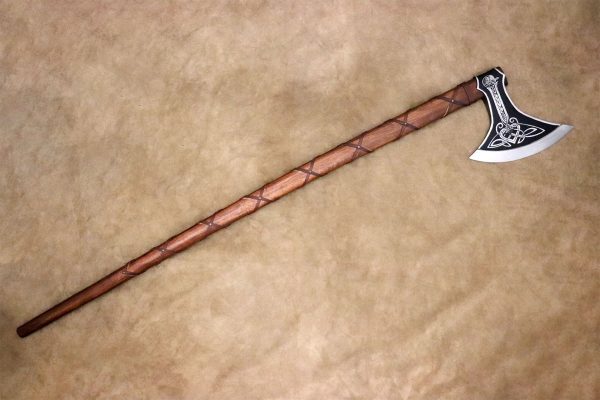
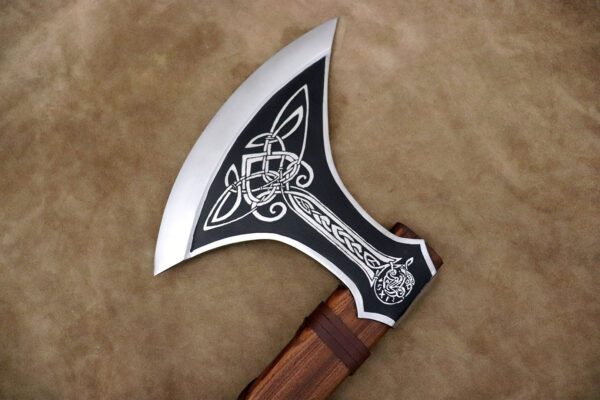
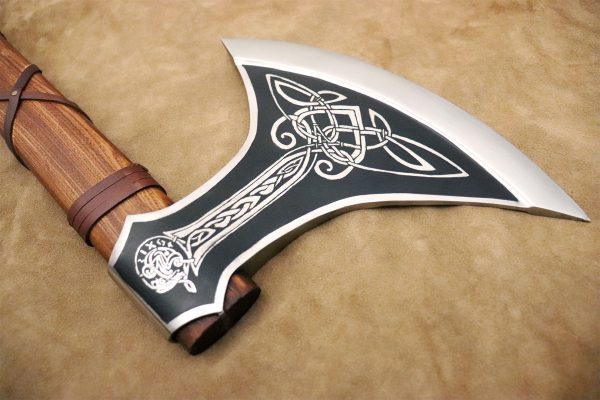
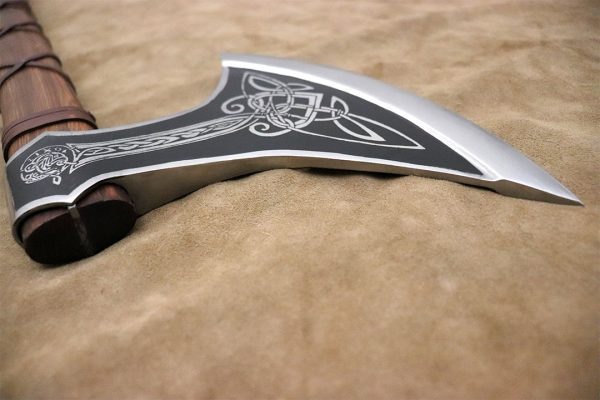
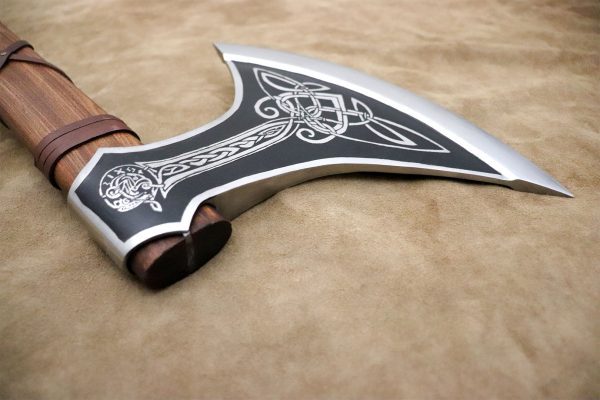
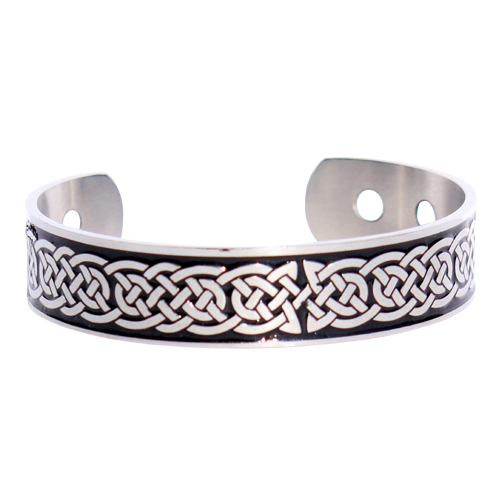
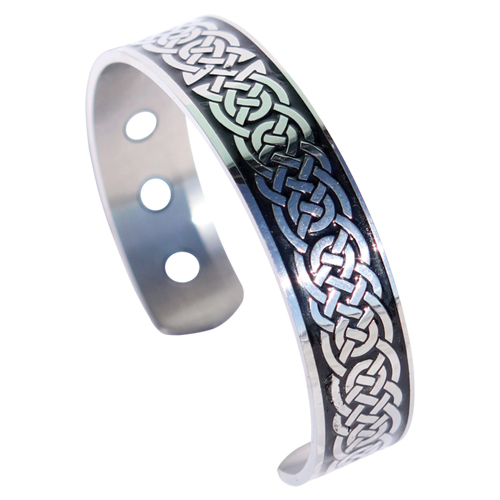
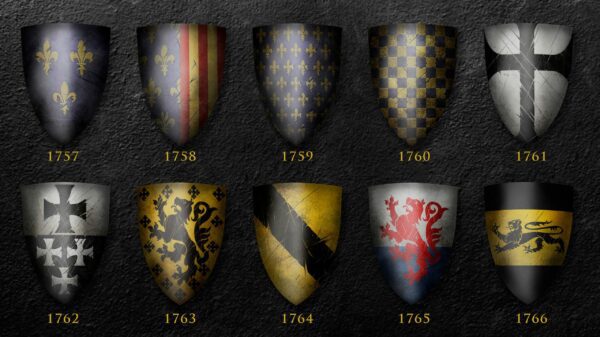
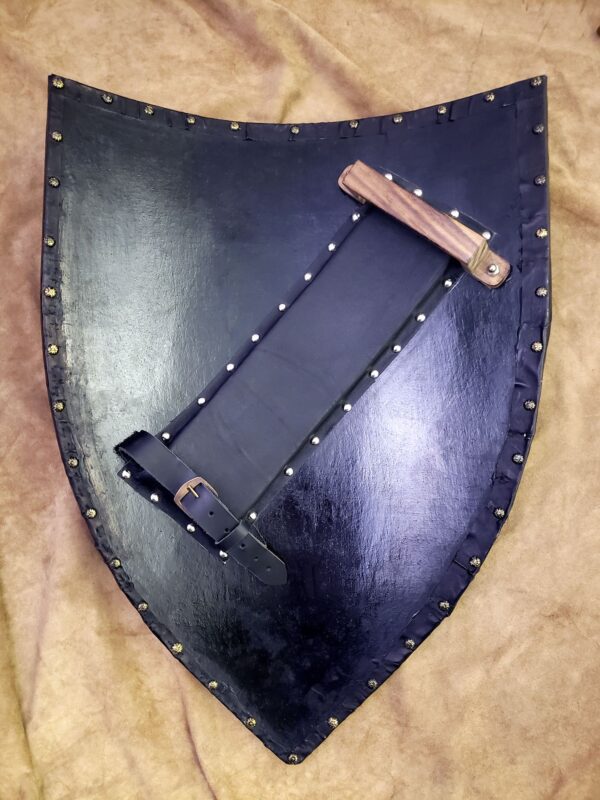
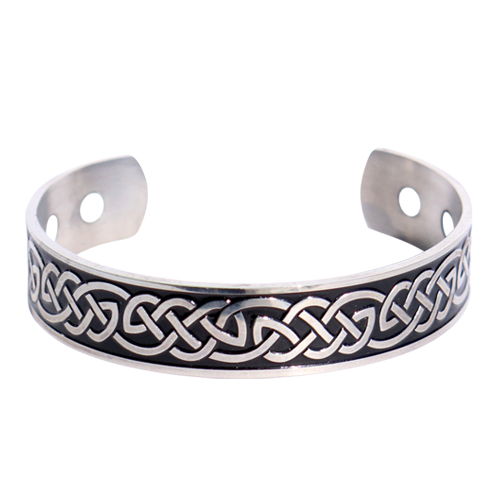
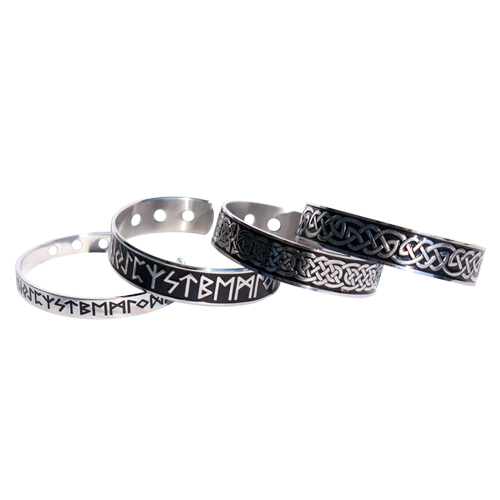
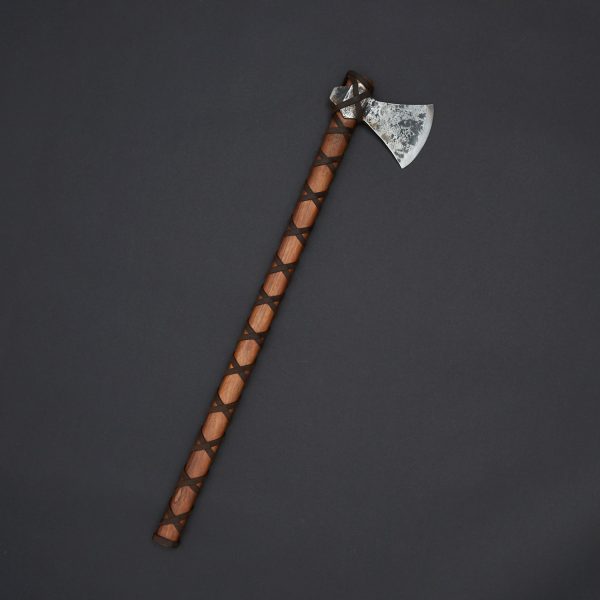
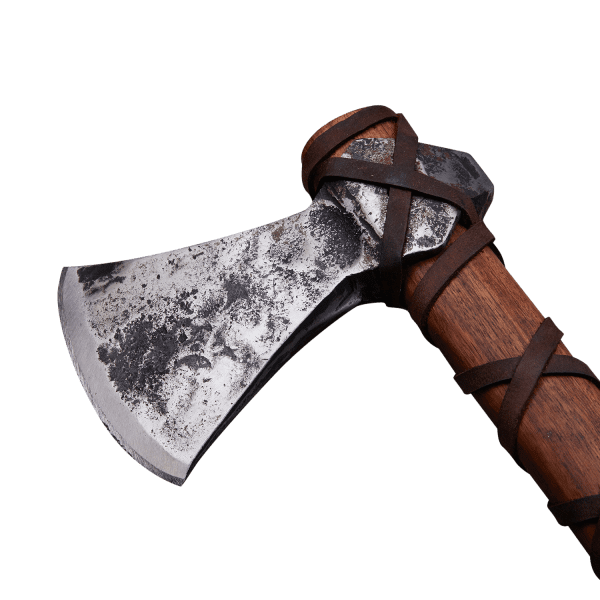
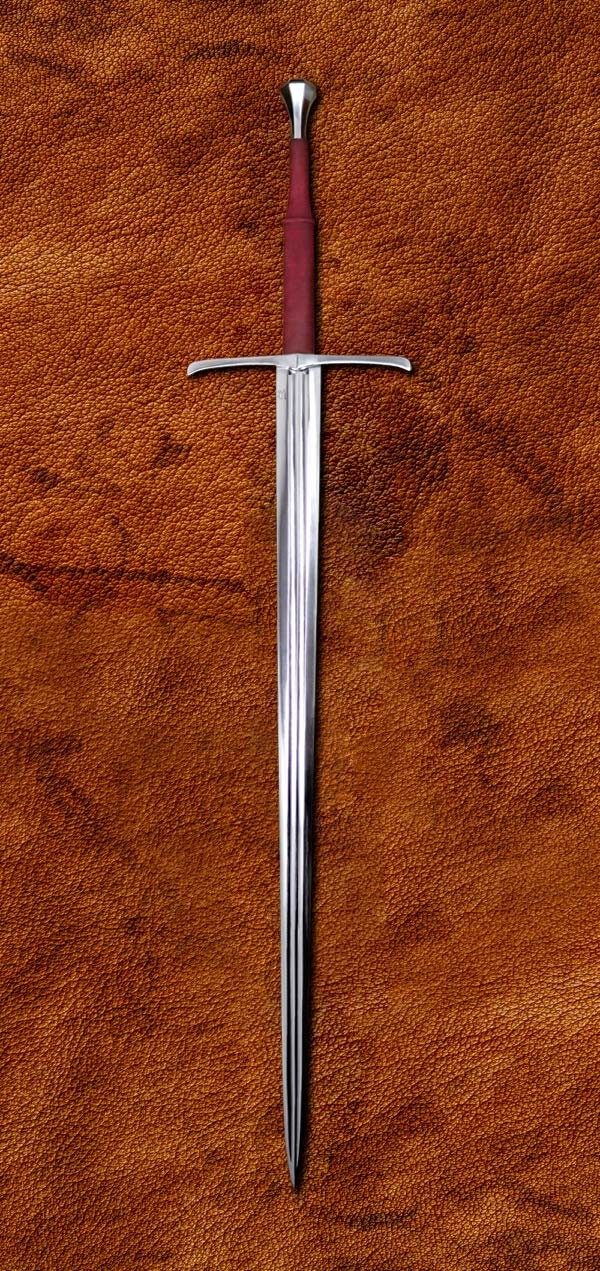
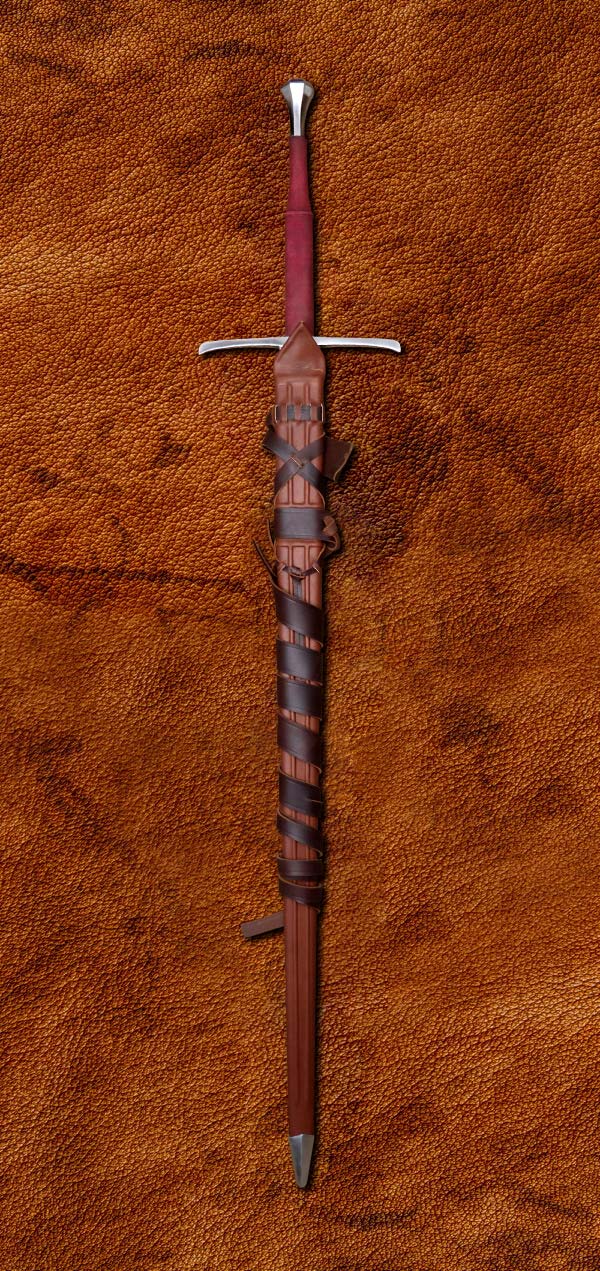
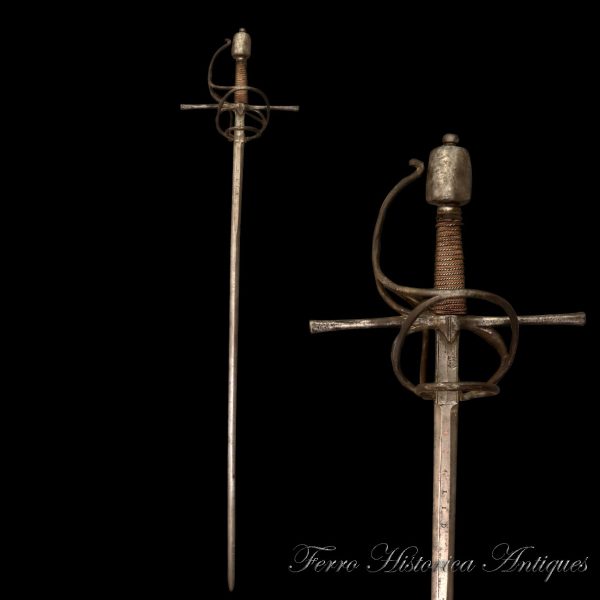
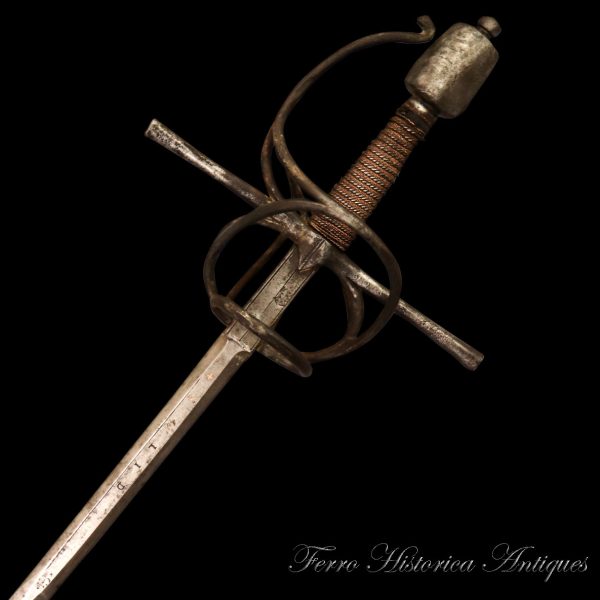
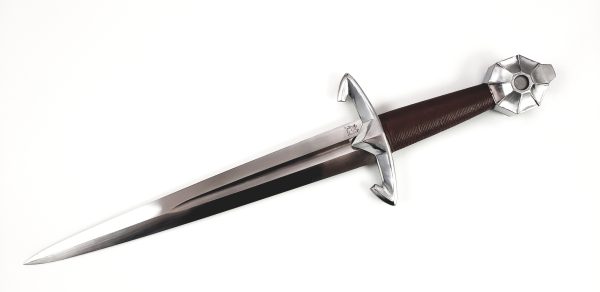
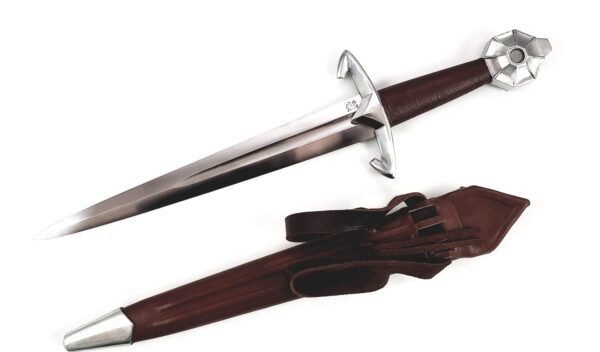
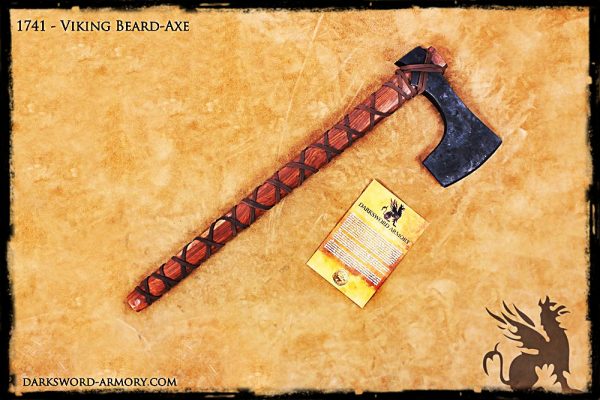
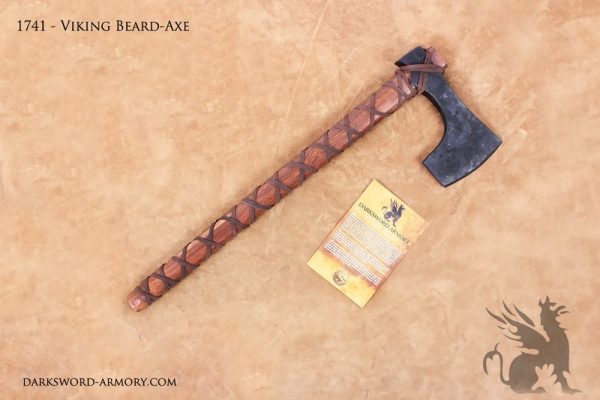
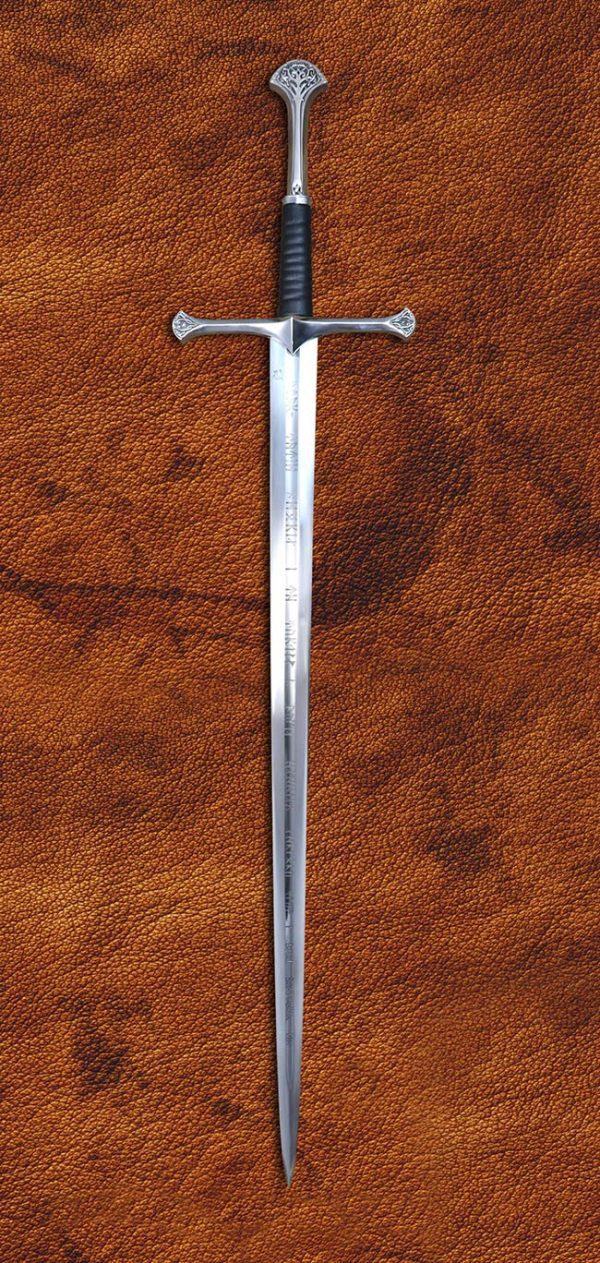
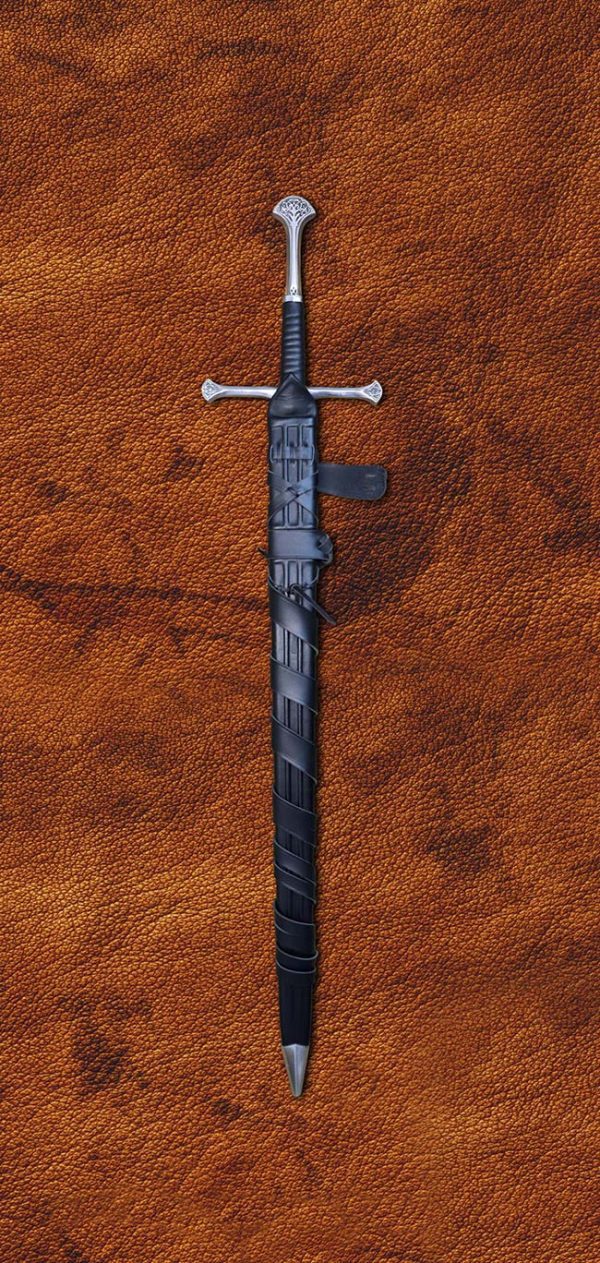
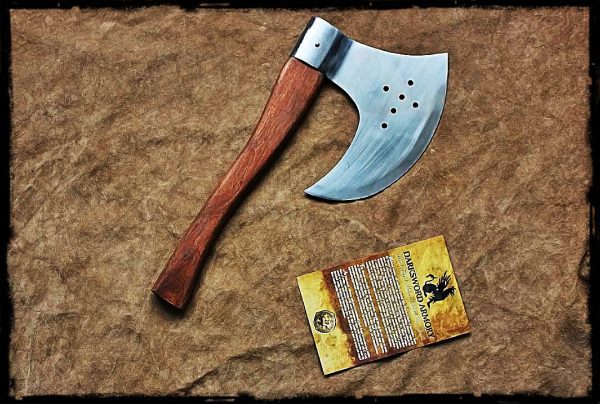
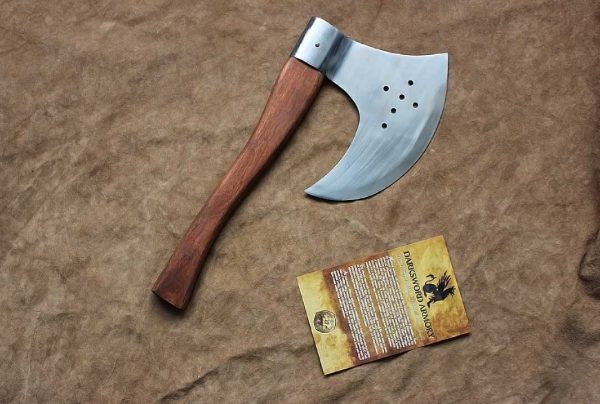
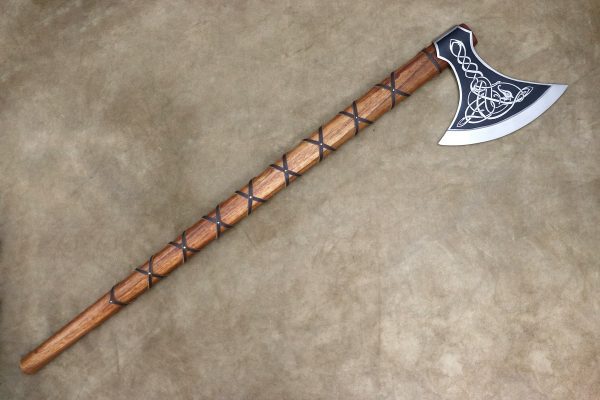
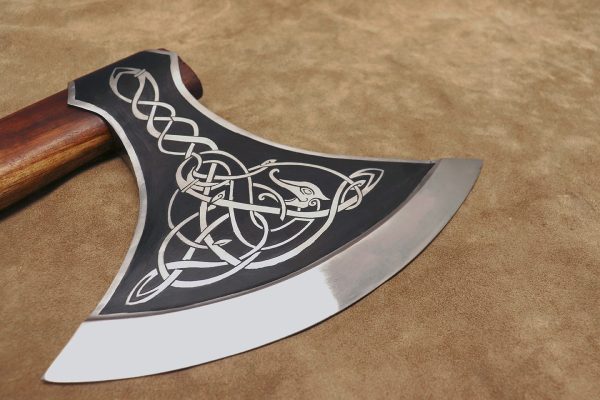
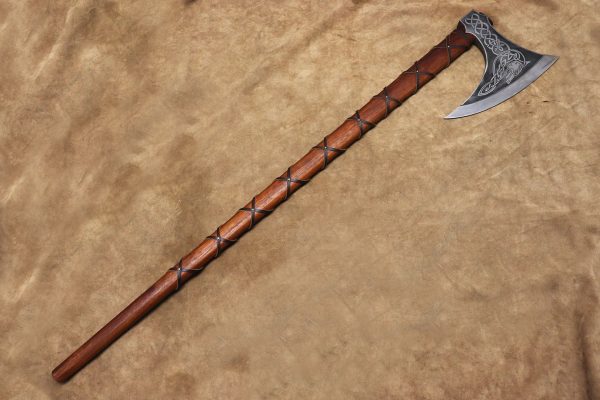
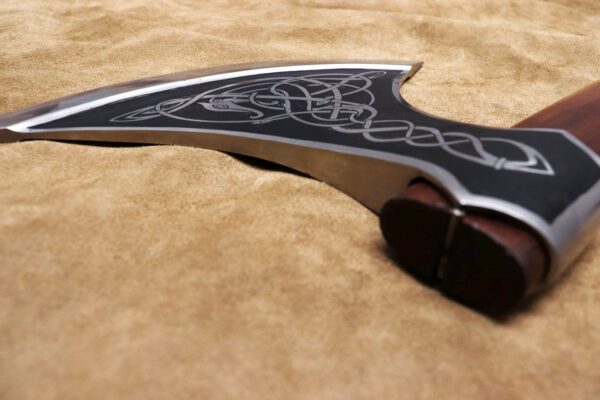
Reviews
There are no reviews yet.